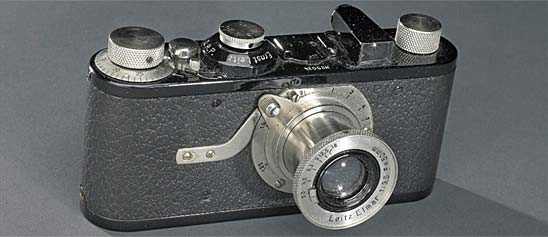Gelatin Silver Print by Charles Rushton of Lawrence Huff, 1993, Santa Fe, New Mexico.Black and white portait of man with long dreadlocks standing in a white doorway. The man has glasses, a wedding ring and a necklace.
- Description (Brief)
-
Gelatin Silver Print by Charles Rushton of Lawrence Huff, 1993, Santa Fe, New Mexico.
-
Black and white portait of man with long dreadlocks standing in a white doorway. The man has glasses, a wedding ring and a necklace. He is wearing a loose fitting white shirt and is facing the viewer. Above the door are two masks hanging on the wall, and in the room behind the man is an unidentifiable sketch on the wall. Recto: signed, titled and dated by artist.
- Description
-
Charles Rushton is an American photographer that made portraits of New Mexico photographers between the years of 1980 and 1994. This particular collection consists of 38 prints: twenty-nine- 8"x10" gelatin silver prints and nine- 8½"x11" inkjet prints acquired from the photographer. The collection includes photographers Tom Barrows, Van Deren Coke, Betty Hahn, David Michael Kennedy, Patrick Nagatani, Beaumont Newhall and Joel-Peter Witkin. The earliest print in this collection is of Manuel Carrillo in 1982, and the last piece added to the collection is of Holly Roberts in 1994.
-
Rushton chose this particular project after attending a Zone VI workshop offered by Fred Picker in Vermont in 1980. While at the workshop Rushton was given specific advice to pick a topic and stick to it instead of switching random topics every day. This was when Rushton had the idea to photograph artists and photographers upon returning home to New Mexico. With the help of photographer friend, Bob Hooten, Rushton was able to obtain the names of photographers that suited the parameters of his project. After a few years, the Albuquerque Museum of Art and History purchased several of Rushton's prints for their collection of portraits of New Mexico Artists and expressed interest in seeing his future work. With the permission of the museum, Rushton used the Albuquerque Museum of Art and History name to help him gain influence and access to more famous photographers such as Beaumont Newhall.
-
Rushton studied photography under Fred Picker, Oliver Gagliani (depicted in the collection) and Arnold Newman (depicted in the collection). Rushton holds a Bachelor of Arts degree from Lawrence University, a Master of Arts in Teaching degree from St. Thomas University, a Master of Arts in Library Science degree from the University of Minnesota and a Master of Fine Arts in Photography degree from the University of Oklahoma. Rushton is currently a professor of digital photography at Oklahoma City Community College and Moore-Norman Technology Center.
- Location
-
Currently not on view
- date made
-
1993
- maker
-
Rushton, Charles R.
- ID Number
-
2008.0178.14
- catalog number
-
2008.0178.14
- accession number
-
2008.0178
